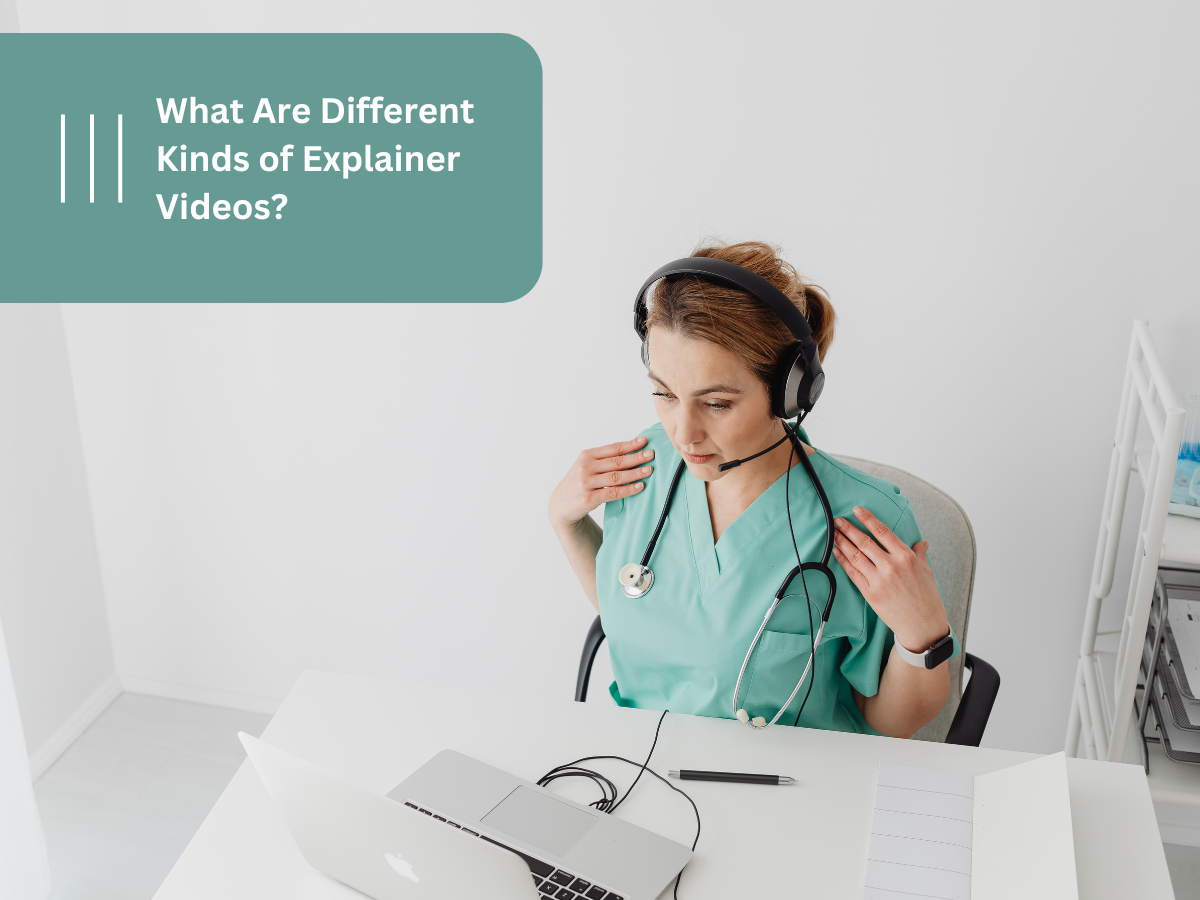What Are Different Kinds of Explainer Videos? Explainer videos have become an essential tool for businesses, educators, and organizations t
What Are Different Kinds of Explainer Videos?
Explainer videos have become an essential tool for businesses, educators, and organizations to communicate complex ideas succinctly and effectively. By using a combination of visual and auditory elements, these videos can simplify intricate concepts, making them more accessible to a wider audience. Here’s a closer look at the different kinds of explainer videos and their unique features.
1. Animated Explainer Videos
Characteristics: Animated explainer videos utilize animation to convey messages in a dynamic and engaging manner. They often feature colorful graphics, lively characters, and a playful tone.
Benefits:
- Visual Appeal: High visual appeal due to vibrant graphics and fluid motion.
- Versatility: Suitable for a wide range of topics, from technical processes to storytelling.
- Attention-Grabbing: Can easily capture and retain viewer attention with creative elements.
Examples: Product demonstrations, brand storytelling, educational tutorials.
2. Whiteboard Explainer Videos
Characteristics: Whiteboard explainer videos simulate the experience of watching someone draw on a whiteboard. These videos typically involve hand-drawn illustrations that appear on the screen as if being sketched in real-time.
Benefits:
- Clarity: Simple and clear visuals that effectively break down complex ideas.
- Cost-Effective: Generally less expensive to produce compared to other animation styles.
- Focus: Keeps the audience focused on the content with a minimalist approach.
Examples: Process explanations, instructional content, conceptual overviews.
3. Live-Action Explainer Videos
Characteristics: Live-action explainer videos feature real people and settings. They use actors or company representatives to convey the message, often combined with on-screen text and graphics.
Benefits:
- Human Connection: Adds a personal touch by showing real faces and emotions.
- Realism: Demonstrates products or services in a real-world context.
- Trust Building: Helps build trust and credibility with the audience.
Examples: Product showcases, company introductions, customer testimonials.
4. 2D and 3D Animation Explainer Videos
Characteristics: These videos use two-dimensional or three-dimensional animation techniques. 2D animations involve flat graphics, while 3D animations create a more realistic, depth-filled visual experience.
Benefits:
- Creative Freedom: Offers extensive creative freedom to depict imaginative scenarios.
- Complex Concepts: Ideal for explaining complex or abstract concepts that are difficult to visualize in real life.
- Engagement: Highly engaging due to their visually striking nature.
Examples: Technical tutorials, futuristic concepts, product prototypes.
5. Kinetic Typography Explainer Videos
Characteristics: Kinetic typography videos focus on animated text to convey the message. The text is presented dynamically, often synchronized with a voiceover or background music.
Benefits:
- Emphasis on Key Points: Highlights important information through motion and design.
- Cost-Effective: Typically less resource-intensive to produce.
- Versatility: Can be used to complement other visual elements or stand alone.
Examples: Promotional messages, event announcements, data presentations.
6. Infographic Explainer Videos
Characteristics: Infographic explainer videos present data and statistics in a visually appealing format. They combine graphical elements with concise text to deliver information quickly and clearly.
Benefits:
- Data Visualization: Makes complex data easy to understand and visually appealing.
- Memorable: Information presented in this format is often more memorable.
- Informative: Ideal for conveying large amounts of information in a digestible format.
Examples: Market analysis, survey results, educational content.
Choosing the Right Type of Explainer Video
Selecting the right type of explainer video depends on various factors, including the target audience, the complexity of the message, the budget, and the desired tone. Animated videos might be perfect for engaging a younger audience with playful content, while live-action videos can establish a personal connection for corporate presentations.
Regardless of the style chosen, the primary goal of an explainer video is to simplify and clarify the message, making it easy for the audience to understand and retain the information. By leveraging the strengths of each type of explainer video, businesses and educators can effectively communicate their messages and achieve their objectives.
1st Other Usefull Links
- thebookpage.com
- craigslistdirectory.net
- reddit-directory.com
- familydir.com
- backpagedir.com
- adsoftheworld.com
- world-business-zone.com
2nd Other Usefull Links
- world-business-zone.com
- worldbook.com
- craigslistdirectory.net
- detroitbusinesscenter.com
- reddit-directory.com
- familydir.com
- backpagedir.com


COMMENTS